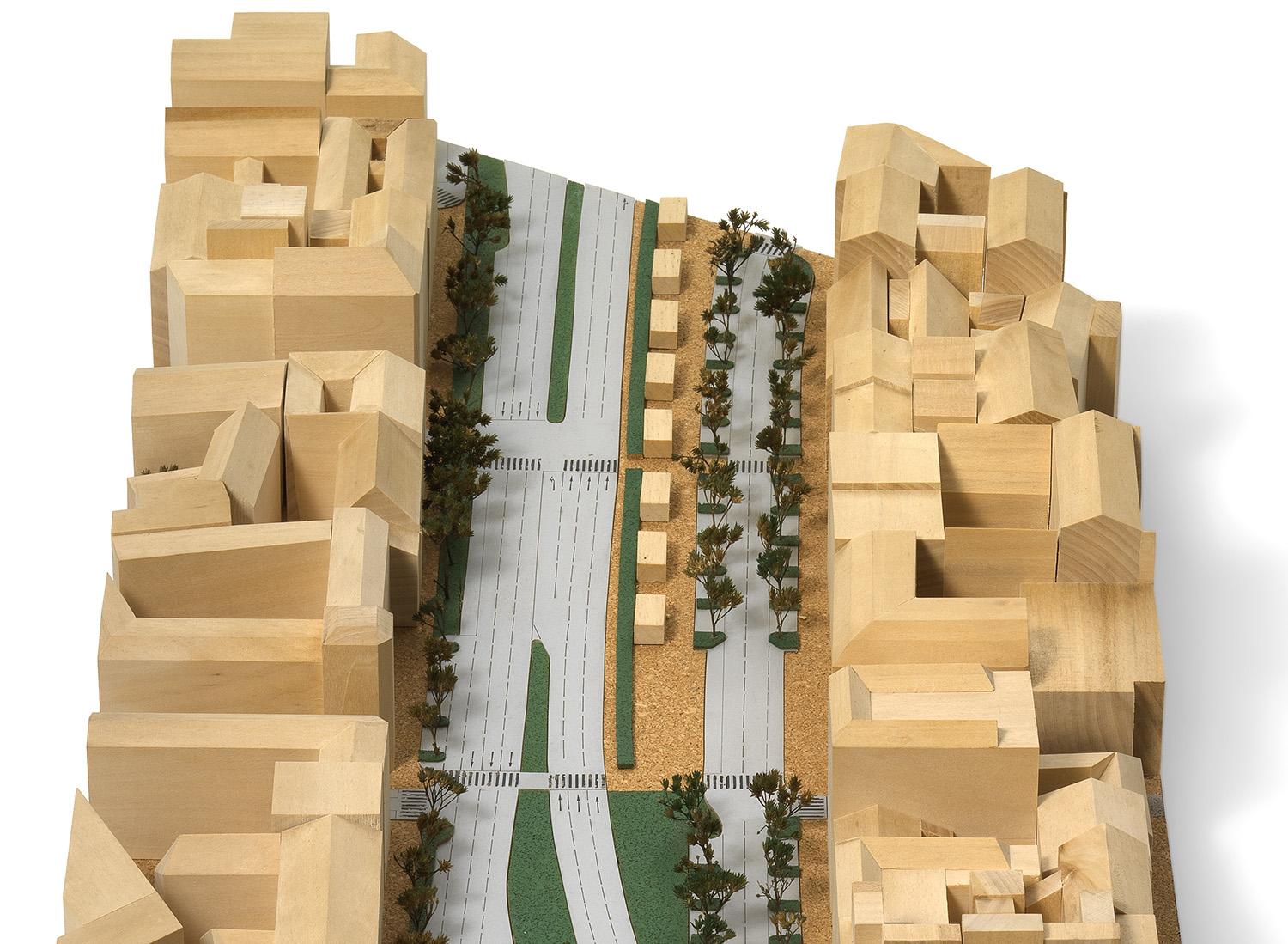Mag. Dr. Sándor Békési
- Function 1
- Cartography, Infrastructure, Street Furniture, Picture Postcards
The Wien Museum is currently establishing its infrastructure collection, which covers subjects ranging from the city's supply and disposal of waste to public transport.
One well-equipped category of objects that the museum has already collected includes watercolors and photographs of major public infrastructure buildings in Vienna — such as depictions of the Hochquellwasserleitungen (the conduits that bring water from the Alps to the city), the regulation of the Wien river around 1900, and transport infrastructure (especially bridges and stations). The Wien Museum also has an extensive and systematic collection of photo negatives documenting the infrastructural equipment on the streets of all of Vienna’s districts between the mid-1970s and the early 1990s. Anyone seeking information about paving or street furniture (benches, planters, etc.) will find it here. Selected three-dimensional objects complement this photo documentation; the items held by the museum range from original architectural elements from Vienna’s Stadtbahn railway from around 1900 to public garbage cans.
Project designs/drafts and models from the area of urban planning and development in Vienna form a further focus of this collection. These offer an informative overview of major infrastructural, transport, and housing projects, both realized and unrealized. One of the most famous objects in this part of the Wien Museum’s collection is the oldest remaining model of the city, which dates from 1852/54 and shows the heart of Vienna shortly before the demolition of the city wall. This can be viewed in the new permanent exhibition together with its counterpart — a model of the city center following the construction of the Ringstraße in around the year 1900.
The Wien Museum not only collects images and artifacts of public infrastructure, but also evidence of how this infrastructure is received by society. Records of public criticism of road building projects or of the demolition of important buildings are particularly helpful in enabling us to draw conclusions about contemporary attitudes towards public infrastructure measures. This is why the Wien Museum will continue to expand its collection by adding physical evidence and documentation of such protests and opposition.
